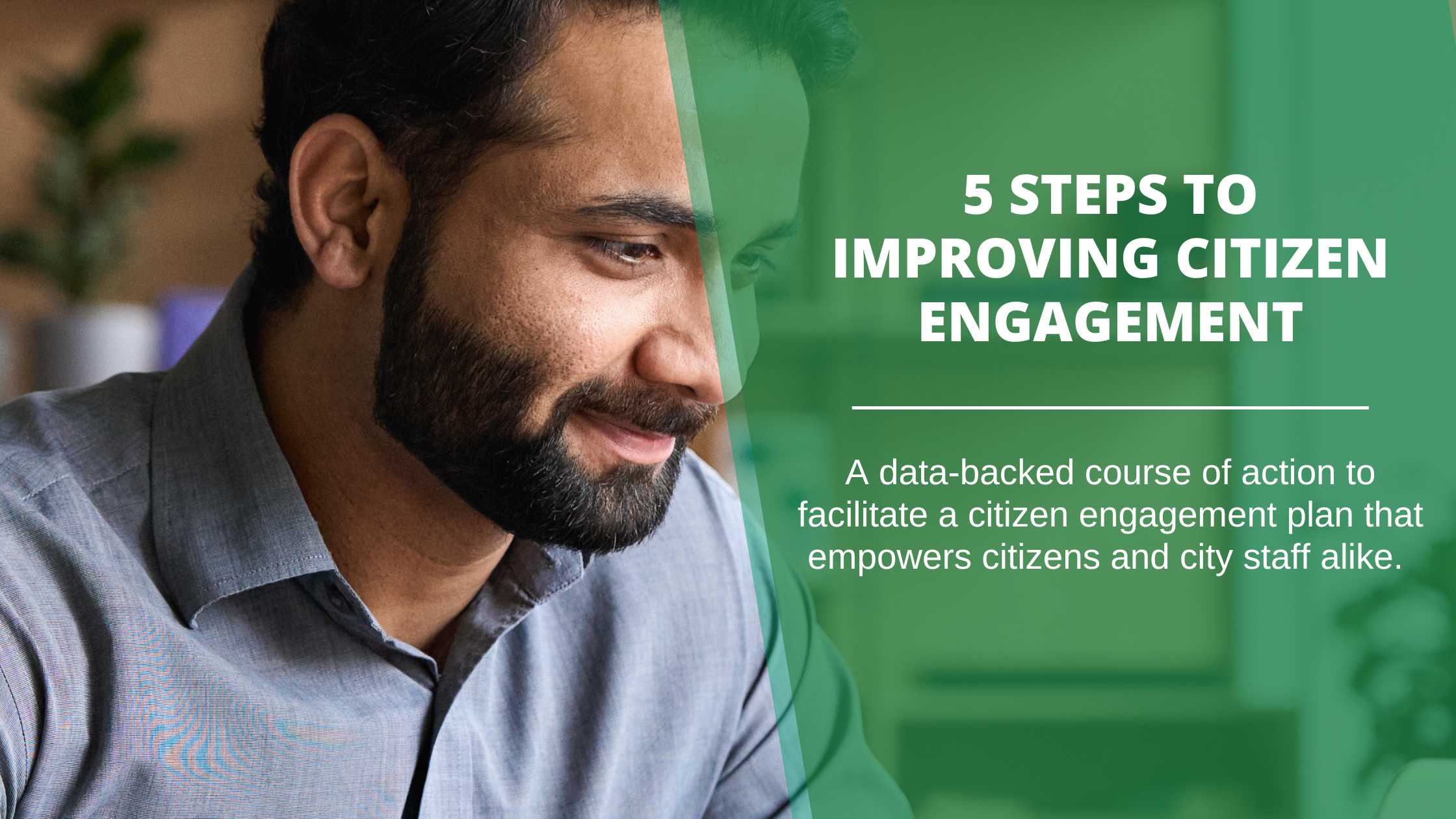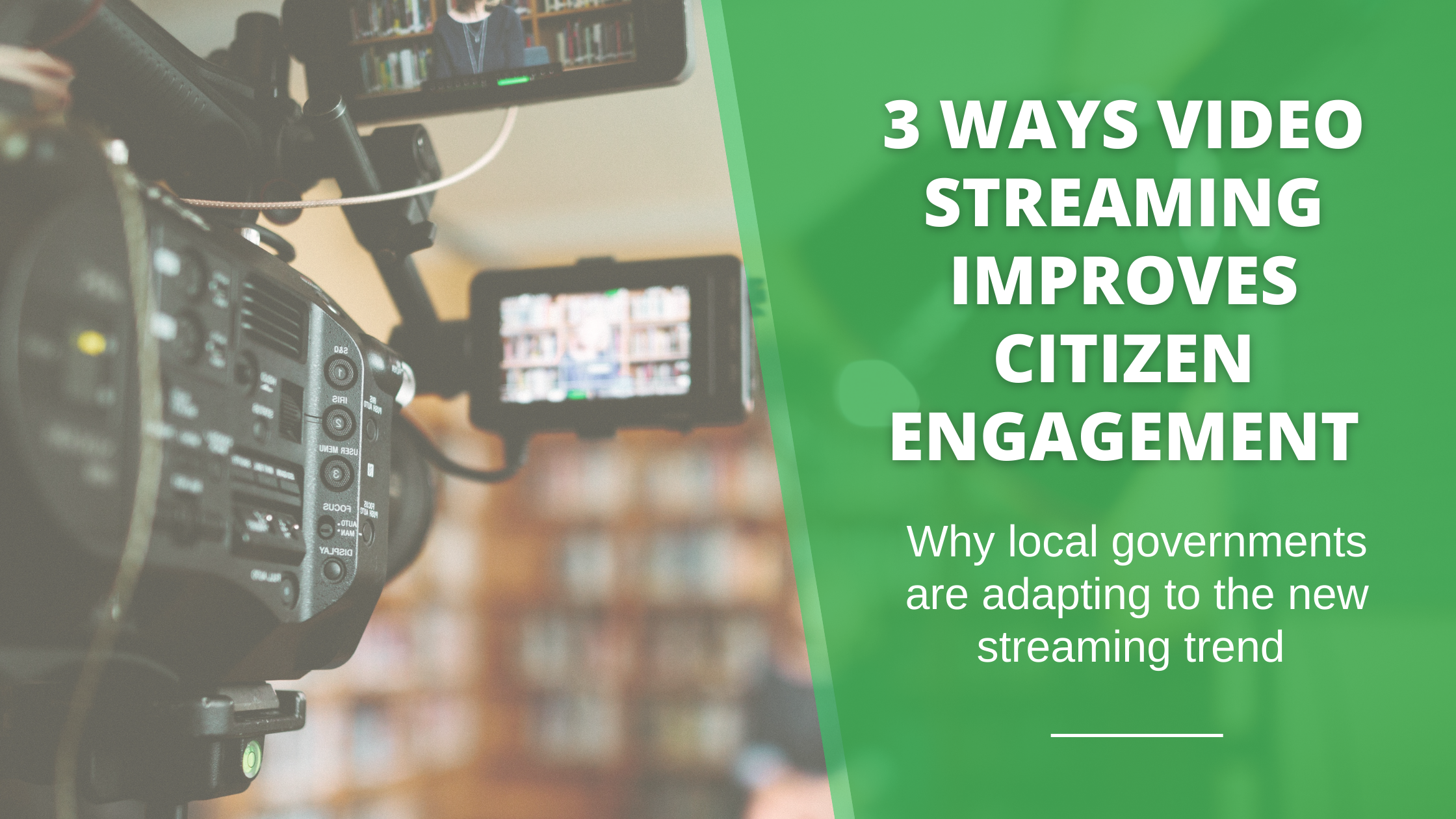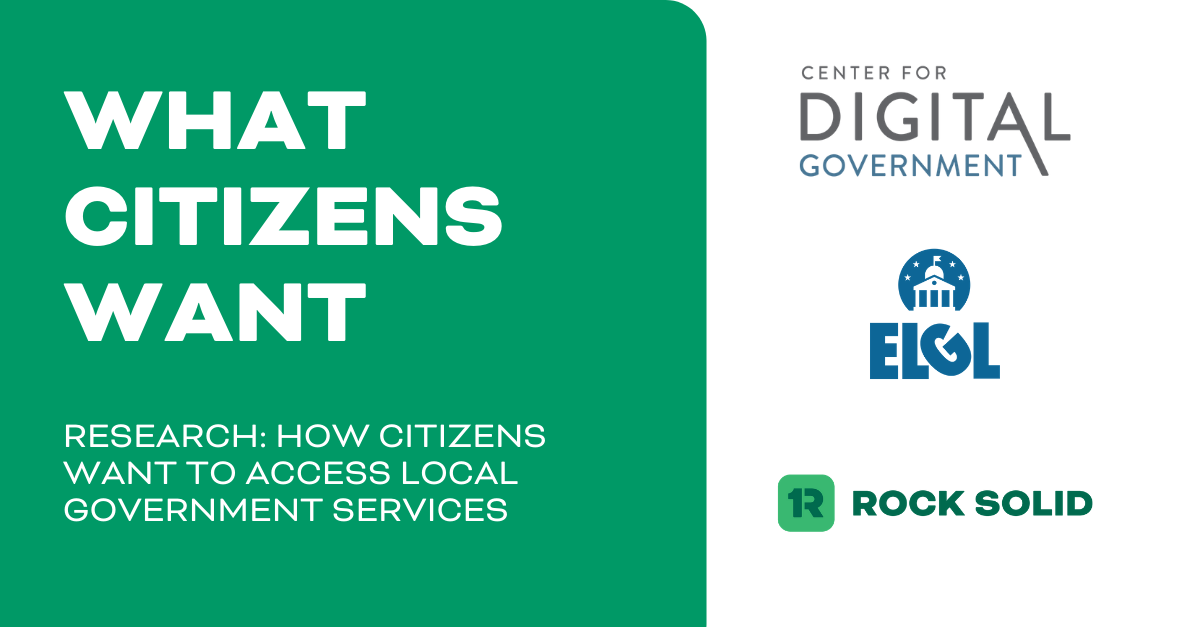If only improving citizen engagement was as simple as a snap of a finger, then city staff would have more time to focus on other tasks and responsibilities (and maybe start planning their Halloween costumes). Though it is not as easy a snap of a finger, there are fortunately strategic steps to take to help improve citizen engagement that empowers city staff and citizens alike.
In our latest comprehensive survey, Rock Solid garnered a variety of insights into how citizens prefer to access various local government services - 311, Utility Billing, Pothole, and Street Repair Requests just to name a few. These are all vital local government services that benefit a community when there is an adequate process involved in place. But- we know that sometimes processes can get lost in translation and goals can be left behind. So, we are here to save you all the time of guessing about what to do to form a citizen engagement plan and get down to business with 5 steps for a plan of action: Let's begin then with how we navigated our survey:
1. UNDERSTAND GENERATIONAL PREFERENCES
Every local government is unique and contains citizens of different demographics, so local government must be prepared to serve citizens inclusively and meet them where they’re at.
In our full What Citizens Want report, we surveyed about 957 citizens nationally to find insight. We surveyed different citizens of different regions, age groups, and other demographics but one category stood out for a sharp divide in preferences to access local government services and satisfaction: age group.

Below is a graph of respondents' answers to agree with the statement: "I can communicate with my government easily." We can see that as the chart goes up and generations get older, there tends to be a higher agreement with the statement. It's reasonable to consider that the older generations like Baby Boomers communicate with local government easily because local government has years of experience catering to their preferences.
This leads us to the main point: We know that younger generations are the least likely to agree that they can communicate easily with their government. So that means there's work to be done in the processes of communication. It begins with understanding citizens' preferred channels of engaging with services. For example, older generations prefer in-person and phone call access to their local government, whereas Millennials and Gen-Zers much prefer smartphone apps and omnichannel methods. (See the chart below to see how the channels of access were ranked)
Though we are speaking from our national survey results, the best course of action for local governments would be to actually survey their own community to discover demographics and preferences. This would help provide better insight into the actual demographics of YOUR community. Because like we said, every local government is unique.
There are many different survey resources out there but some that are popular include SurveyMonkey and Google Forms. These survey resources can help find out generational insights in your community and drive more strategy towards investing in channels of engagement.
2. PROMOTE PREFERRED CHANNELS OF ENGAGEMENT
So, we just talked about the importance of understanding what channels are popular for citizen engagement. Now it’s time to talk about the services to prioritize for digitization- which is why we asked our respondents to let us know their thoughts (See below table).
We’re now making some waves in our citizen engagement plan. Think about it this way- if we know that Utility Billing is citizens' number one service they’d like digitized- then why would we spend valuable time, money, and resources on access to that service that includes in-person visits? It wouldn't make sense. This leads us to our next step…
3. CONDUCT A PROCESS AUDIT
After we’ve understood generational preferences in our community, and how to promote preferred channels of engagement, it’s now time to conduct a process audit to ensure the processes in place actually serve both city staff and citizens.
This is where the local government thought leaders would begin to think about the existing processes in place for things like Utility Billing and Pothole and Street Repair Requests. What are the current tech tools or processes in place?
Questions to consider when combing through processes:
- Do you have a SWOT Analysis for each existing process?
- Is the tool or process easy for city staff to use?
- What’s the rate of effectiveness for each service provided?
- Are there quantifiable measures in place?
- What processes are in place that automates work tasks for city staff?
- How is your technology helping efficiencies of meetings?
- Are you reducing the burden on city staff employees?

After answering these questions- which might involve team meetings with the city staff involved in those processes- then we can move toward our fourth step toward citizen engagement.
4. IDENTIFY AVAILABLE SOLUTIONS
We should now know the gaps in our processes by this step, which is why it’s time to identify available solutions and resources in the market to help guide more powerful citizen engagement. There are solutions created specifically to assist with processes and serving citizens and city staff for local government services. Let's dive into current solutions, beginning with one that aims to help efficiencies for local government:
CRM: “CRM stands for customer relationship management. It's a set of integrated, data-driven software solutions that improve how you interact and do business with your customers.” (Microsoft 365)
Often times we associate CRM with helping productivity for the corporate sector, but city staff and citizens can benefit from a local government-focused CRM. Earlier we showed you the top ten services to prioritize, and some of those services can actually be met with this solution, like:
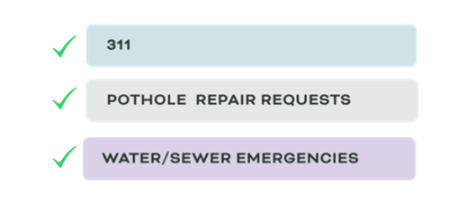
MEETING AND AGENDA MANAGEMENT: Meeting and agenda management solutions facilitate public meetings, and tech solutions can empower both city staff and citizens alike.
“Online meeting agendas bring substantive benefits to the agenda management process by automating the process for city clerks and allowing for increased citizen engagement, transparency, and environmental stewardship, in addition to saving time and valuable resources.” (Diligent)
The main local government service met with this solution:

PUBLIC RECORDS REQUEST: Public records requests help maintain transparency for the public and give citizens information about the services they care about.
With this solution, citizens can receive information about the followings services:

VIDEO/LIVE STREAMING: Video/Live streaming is a popular modernization of a solution that can serve city staff and citizens to receive information more inclusively. After all, we know people prefer to consume information through video. The services that can be met with video/live streaming solutions:
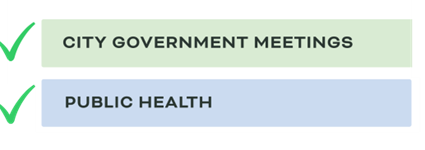
5. SELECT WITH AN EYE TOWARD THE FUTURE
We’re down to our final step! Hopefully, by now you understand the importance of solutions to empower city staff and citizen engagement. It's time to build a checklist of requirements to provide your citizens and you with the best service possible.
Checklist to consider:
- Years of dedicated local government experience
- Tech solutions that adapt to multigenerational preferences
- A gold standard in support
- Integrates to your existing systems with minimal implementation time
- Empowers processes for city staff and citizens alike

We’ve finally made it to the end of our five steps, and we know it may seem overwhelming. Any goal that was ever worth reaching took time and strategy, which is why we built a course of action to help local government thought leaders excel in citizen engagement. Use this resource to help build and maintain your citizen engagement plan to create processes for a better tomorrow.
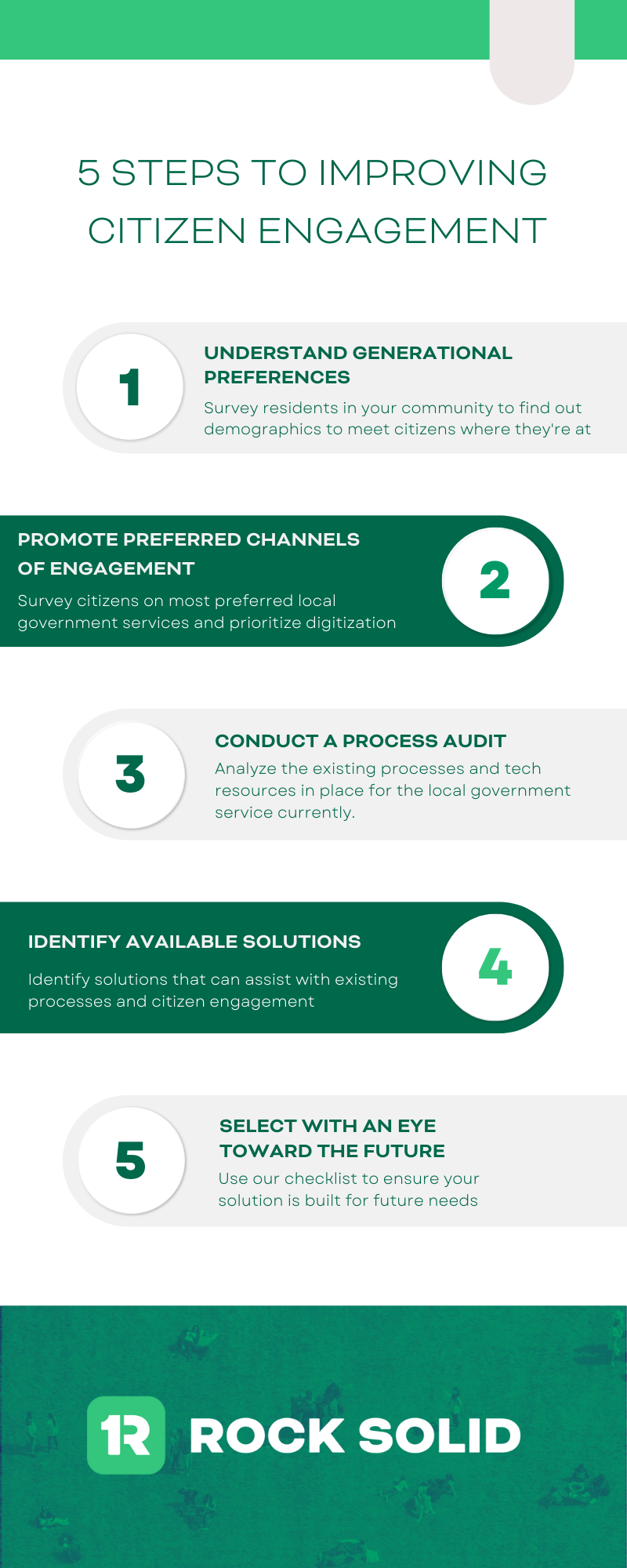
If you are interested in reading more about citizens' preferences for accessing local government services read the full report for specific insights to drive data-driven decisions.
